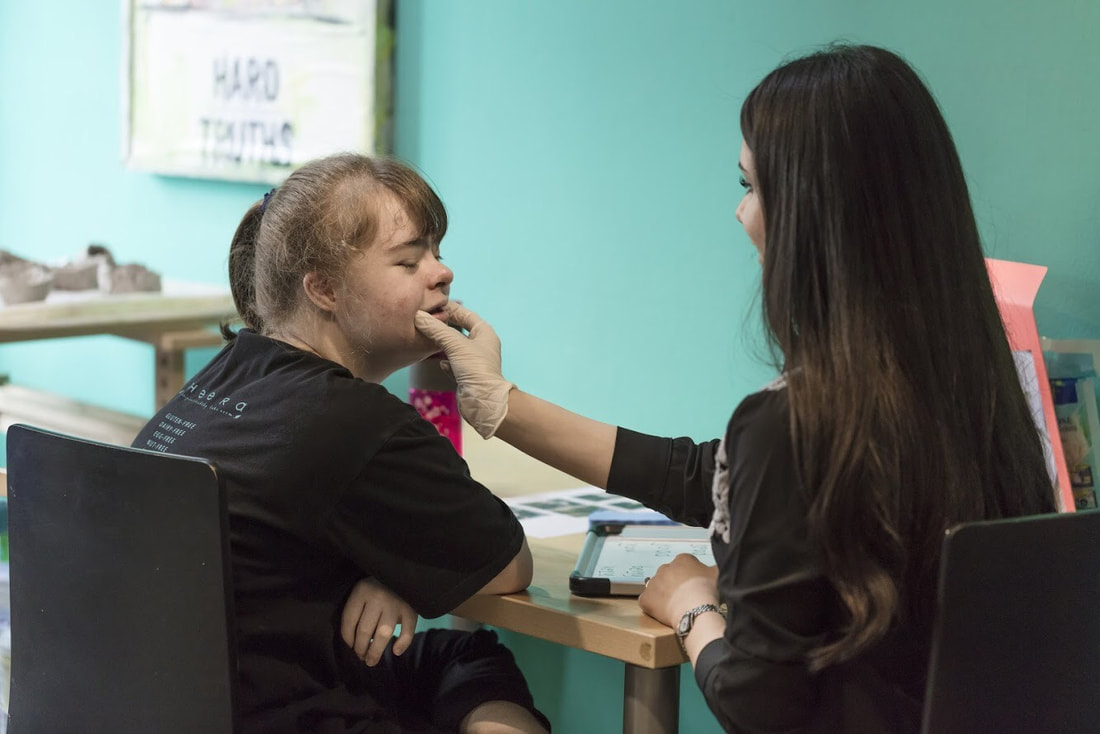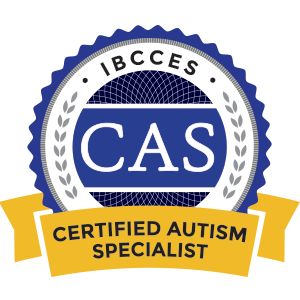|
This month's post is written by guest writer, Camila Gutiérrez, a fabulous Occupational Therapist (Sensory-Motor Development Specialist), who is living and working in Bangkok. I hope you find the recommendations in this post informative and practical during your family's time indoors.
Speak soon, The Expat Speechie --- Following developments of Covid19 in Bangkok, all schools in Thailand are now closed and social distancing is being strongly encouraged. But what do all these sudden changes really mean for our children? - Closed school will change your child’s daily routine, involving less structure, social participation, and interaction with peers. Your child might be thinking, ‘What happened to my routine?’ - Since you are avoiding crowded places, such as going to the cinema or playing outside, your child might be thinking, ‘I am not playing with my friends’. - Self-quarantine at home means increased leisure time at home, which does not necessarily provide your child with the sensory opportunities they need. Your child might be thinking, ‘I usually have playtime outside at school - where can I run, climb, and jump in here?’ During this period, you can expect to see more unwanted behaviors because of all the changes. It is important to remember, that underneath these behaviours, what your child is trying to communicate is, "I need movement!" With some simple strategies, your child will learn to adapt, and you can provide them with the movement and sensory stimulus they might be seeking while at home. 1. Try to remain calm, even if your child is showing some changes in their behaviour. Your child will see that you are calm, which sends them a message that there is no reason to be alarmed. 2. Take data to understand your child’s new behaviours. If you see that your child is having tantrums or meltdowns, the first step is to identify what is triggering this. A simple way to address this is by taking “ABC” (antecedent – behaviour – consequences) data. Sometimes we just focus on the behaviour, but it is just as important to look into what happened before the new behaviour (e.g. was there some change? Did something go wrong? was there a sensory overload?, etc). It is also important to look at what happened after the behaviour (e.g. why this behaviour is continuing? did we act reinforcing the behaviour? etc.). 3. If your child will attend online classes, schedule some movement breaks. These are breaks for 5 to 10 minutes between tasks that allow children to move. Movement breaks improve attention, allow your child to integrate information, as well as to regulate their emotions. Movement breaks can include:
4. Try to establish a new productive routine: As you know, children need to be occupied by different things throughout the day. Try to establish structure by creating a new routine that includes sleep, self-care, leisure, and productivity. That will help to create habits, roles, and to increase their independence. Your child can also help with responsibilities at home such as, making their bed, cleaning the room, help to prepare during mealtimes, etc. 5. Incorporate a Sensory Diet throughout the day. A Sensory Diet is a group of activities that are specifically scheduled into a child’s day to meet their sensory needs. Sensory Diets include specific types of input, such as proprioceptive (e.g. pulling, pushing, carrying heavy items), tactile (e.g. playdough, soft blankets), visual (e.g.marching games, calm down bottle), auditory (e.g. listening to music), vestibular (e.g. somersaults, hanging or lying upside down), gustatory (e.g. strong flavor snacks), and oral motor (e.g. blowing bubbles, eating crunchy snacks, drinking from a straw). Sensory diets support your child’s brain to regulate attention and maintain an appropriate level of arousal. It is important to include both alerting and calming activities in your child’s Sensory Diet. Below, are examples of both types of activities. Some alerting activities for your child can include:Hang upside down Hang on a bar Jump on the couch/bed Crawl Tung on a rope Jumping jacks Jump-rope Wheelbarrow walk Jump and fall on pillows Some calming activities for your child can include:Warm bath Soft music Receive a massage Squeeze Hug Hold a vibration toy Put on lotion Smell essential oils Look at calming bottles You can also create an obstacle course. You can use blankets, chairs, pillows, balloons, bubbles, puzzles, slime, balls. Make sure this includes:
6. Include board games during the day. Board games are beneficial for your child to practice their language, communication, and social skills. By playing board games, your child will practice teamwork, turn-taking, achieving a goal, problem-solving, being a good winner, but most importantly, being a good loser. If you are a parent who wants to know more about supporting your child’s sensory needs while indoors, you can contact me at [email protected]. I am also offering Skype coaching and/or parents consultation to new families during this period. Stay safe! Camila Gutiérrez, OTRL Occupational Therapist Comments are closed.
|
Welcome to my blog!
|







